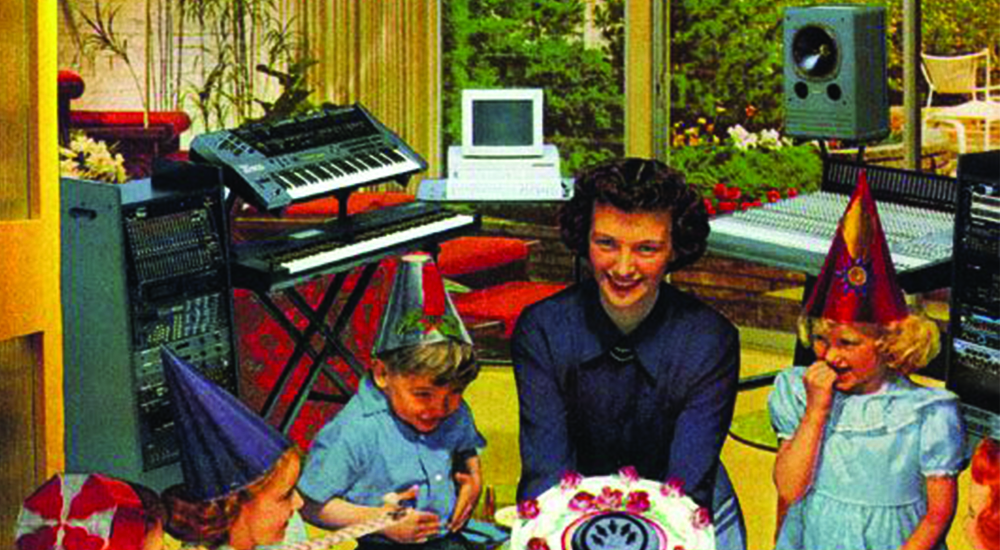A BUMPY BEGINNING
Of course, it wasn’t all smooth sailing for the programming language we now know as MIDI, or the Musical Instrument Digital Interface. At the time, several manufacturers were working on similar ideas to get their various hardware units to communicate. But, what Smith proposed was a simple interface and language that could be adopted by all manufacturers and cheaply integrated into keyboards, drum machines and other digital instruments. This meant cooperation from competing companies who were all jockeying for market position, so it was never going to be an easy sell. I fact it almost didn’t happen, but at the 1983 NAMM conference both Sequential Circuits and Roland showed keyboards with this newly designed interface that was prepared to be developed well into the future and cost manufacturers very little to implement. Manufacturers began to see the potential for this simple solution, they slowly but surely came on-board and the MIDI dynasty began to develop. That was almost 34 years ago, and it has come a long way from there to what we have today. Or has it?
VERSION 1.0
In a development process that would have Steve Jobs turning in his grave, the MIDI specification still stands its ground on Version 1.0. This of course goes against everything that Apple seems to be about, with new formats being developed even before the market has fully taken to the latest release. But, MIDI has stood the test of time, only essentially needing enhancements for different areas of use like MIDI Machine Control for studio hardware, MIDI Time Code for SMPTE integration, MIDI Show Control for lighting and now USB configurations for modern devices.
This amazing longevity and sustenance in a market that thrives on replacement is simply unheard of, and is mostly due to the diligence of the MIDI Manufacturers Association’s tireless efforts. So much has been done over the last three decades through that unassuming 5-pin DIN connection, and now it is continuing to happen with USB. Many newer keyboard users don’t even realise it and often don’t even understand what MIDI is, yet they use it every day in their keyboard and studio setups. That unassuming USB connection that takes data and audio to and from your devices and computer is working with the MIDI format to take care of control messages, note data and assignments of sound from libraries in software and hardware devices. Consequently, more people are using MIDI than ever before, though few realise the fact.
It has come a long way from a time when multiple merge boxes were jerry-rigged with an odd selection of cables to pass signals around a room in an often unreliable attempt to take control of several devices. It was usually simpler to take three steps across the room and press a button than try to get a wonky MIDI setup to play ball at times. But from 5-pin DINs, merge boxes and splitters, to a simple USB hub, the ease of the user has increased, whilst still operating on the same basic specification within the machine.
Wireless control of keyboard functions via iPad apps is now a commonplace concept, and one that is being adapted by most keyboard manufacturers today. But, what is essentially going on is a series of MIDI messages that have just been made easy to understand with a fancy, colourful graphic user interface and are delivered via a Bluetooth connection, rather than a DIN cable. It is a little more complex these days, but appears simpler on the surface, so for that reason MIDI has a greater user base than ever before, but less of a knowledge base.
So, when you next use more than one piece of equipment in your recording and production process, stop and have a think about how it is all coming together. Don’t just take it for granted that pressing button A makes controller B achieve process C. Consider how this is being achieved and the MIDI implementation that’s going on in the background. Wrapping your head around these seemingly simple processes will give you a better understanding of your keyboard’s power and how it can better suit your needs.







